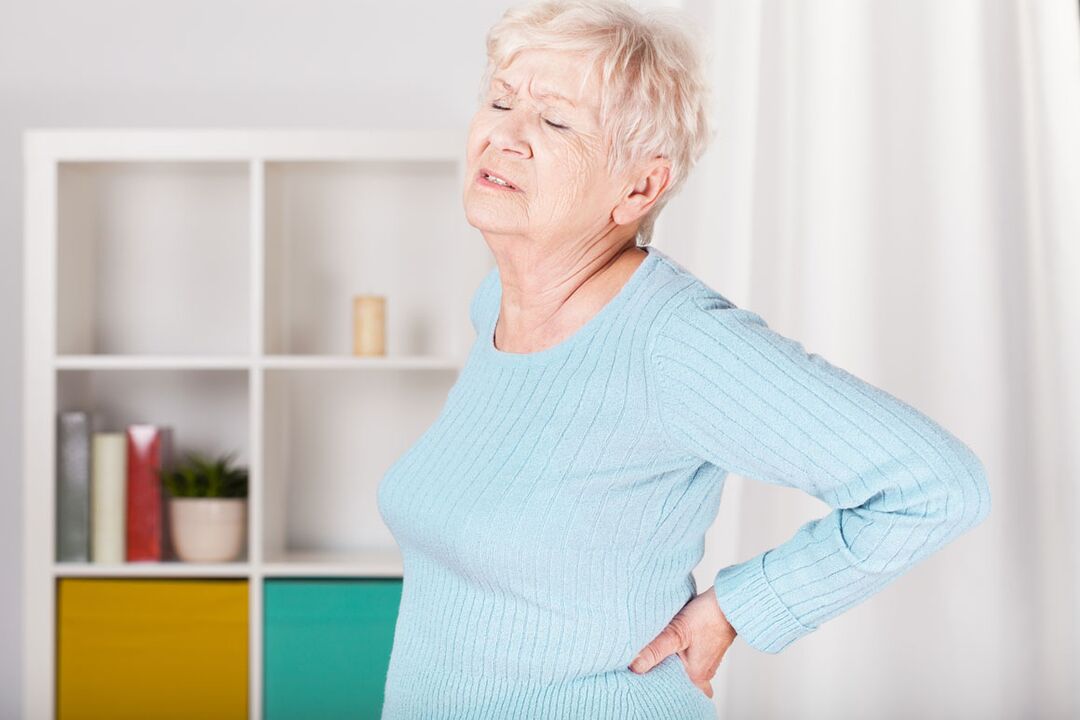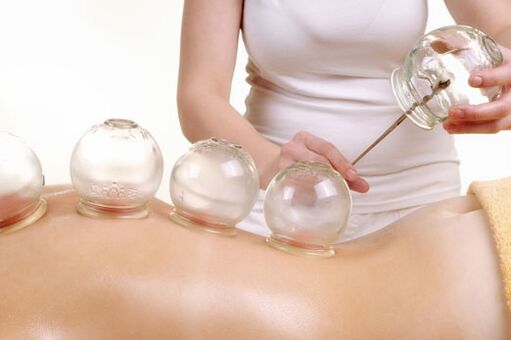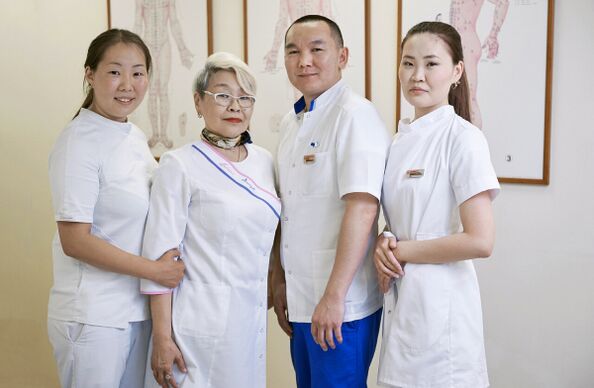Each of us has experienced back pain at least once - from mild malaise to unusual thoracolumbalgia (pain in the lower back, in the thoracic region). Annoying discomfort in the lower back from time to time can be one of the manifestations of various diseases.

The most common cause of pain is spinal osteochondrosis, which occurs in most people after 35-40 years. However, he did not explain the severity and duration of the pain. To understand the nature of the disease, it is necessary to understand in detail the problem and its origin.
Because
There are many answers to the question of why your back hurts. The main mechanism of pain syndrome remains dystrophic and degenerative changes in the intervertebral disc. As a result, joint subluxation and compression of spinal nerve endings increase symptoms.
Let's look at the various causes of back pain:
- Major diseases of the spine: intervertebral hernia, osteochondrosis, spondylosis, kyphosis, scoliosis, arthritis.
- Injuries, bruises, fractures, tumors. They are cited as secondary causes of pain syndrome.
- Cardiovascular disease.
- Nephrology: sand or kidney stones.
- In women, pain can also appear with gynecological problems and also during menstruation.
Trigger factors for pain syndrome:
- inactive lifestyle, inactive work. These items include long periods behind the wheel of a car or computer monitor;
- overweight, obesity;
- pregnancy includes a combination of weak back muscles and weight gain;
- excessive physical activity (in daily life or at the gym);
- body hypothermia.
Possible disease
The nature of the pain directly depends on the disease causing the symptoms. In primary pathology (arthritis, intervertebral hernia), the lower back hurts monotonously: the pain increases or decreases with changes in body position. It is accompanied by a feeling of goose bumps, burning sensation, alternating numbness in the lower part of the foot. The dull pain observed with lumbosacral radiculitis is felt by the patient not only in the back, but also in the buttocks, legs, and thighs.
Diseases of internal organs (angina pectoris, pyelonephritis)are characterized by the nature of more pronounced and prolonged pain that persists after rest or changes in body position. Thus, with gynecological problems, the lower abdomen is also of concern, and with cardiovascular pathology, shortness of breath and shortness of breath are observed.
Important! Certain pain in the lumbar region in combination with high fever can be a manifestation of an emergency situation - renal colic or gallstones, unstable angina pectoris.
Severe osteochondrosisis manifested by sharp and shooting pain - lumbago ("lumbago"), radiating to the legs, pelvis when coughing or rapid movements. Herniated discs have special features:
The tilt of- is not possible without the first squat;
- difficult to lift without support (chair, knees);
- In a cartilage state, the patient has to put on a pillow.
The inflammatory process (myositis, radiculitis)is extended by pain and inability to perform basic actions, because the simplest movements are limited by pain syndrome.
Fractures and dislocationsare accompanied by increasing pain and swelling in the damaged area. The skin on the painful surface changes color to blue or red (depending on the nature of the injury).
How to get rid of lower back pain
Excessive physical activity or prolonged exposure to drafts in the near future will cause back discomfort. Let’s take a closer look at simple and quick relief for common and annoying pain.
If the pain syndrome appears after hypothermia or inflammation of the roots of the spinal cord (sciatica), a warm bath will help. Any physical activity is contraindicated after the bathing procedure. Painkillers provide a warming, decongestant and anti-inflammatory effect.
Pain in osteochondrosis can be reduced thanks to ointments and anti-inflammatory gels, as well as special exercises to relieve intervertebral discs and muscular corsets.
Bruises or sprains cause increased swelling. Dry cold compresses (ice from the refrigerator wrapped in cloth) will help reduce or prevent it. Apply every two hours for two days to the painful focus for half an hour.
Keep in mind that only a specialist can accurately diagnose the cause of pain and create a treatment program. Therefore, we recommend that if you experience any alarming symptoms, register for a consultation at our clinic.
Treatment and prevention of back pain
Western medicine is represented by three main areas of therapy:

- medicated;
- is not a drug;
- surgery.
Drug treatment involves taking pills and the use of ointments, gels, external patches. Major drug groups:
- non -steroidal anti -inflammatory - NSAIDs (relieve pain, inflammation);
- heparin ointment (relieves swelling, improves venous outflow);
- papaverine ointment (relieves pain, relieves painful cramps, dilates blood vessels);
- chondroprotectors (restore cartilage tissue);
- muscle relaxation (relieves muscle tension).
For the prevention of chronic conditions, a course of injections is prescribed. The course of treatment of lumbar pain almost always includes injections of vitamin B. They improve metabolic processes and recovery of nerve fibers, stabilize the work of the central and peripheral nervous systems, and restore impulse transmission. Analgesics are added to the composition of the drug to enhance the therapeutic effect. Vitamins are combined with NSAIDs.
In acute conditions, doctors perform therapeutic restrictions. Often it is used for diseases of the spine and joints. Doctors inject anti-inflammatory drugs and adrenal hormones. Prednisolone or dexamethasone (the main representative of the group) anesthetizes the affected area, relieving swelling.
Non -drug therapy involves physiotherapy - massage, cold treatment (cryotherapy), heating the affected area. Physiotherapy is usually prescribed in a subacute state or in a state of remission.
Surgical treatment. Surgical intervention is used in extreme cases - for malignant tumors, destruction of the spinal cord, compression fractures. Surgical treatment of herniated discs provokes professional controversy: the positive effects of surgery often do not justify itself, and the risk of complications is too high.
Precautions:
- Do morning exercises, make sure you include exercises to stretch the lower back muscles.
- Proper nutrition. Fried, salty, starchy foods, alcohol should be excluded - all of which contribute to the development of gastrointestinal diseases. You need to add fiber, vitamins to the diet, cook steamed meat and fish or in the oven. To improve blood circulation and production of interarticular fluid, it is recommended to drink up to 1. 5 liters of water (if there are no contraindications).
- Monitor your body posture.
- Walk or exercise regularly in case of inactive activity.
- It is best to sleep on orthopedic pillows and mattresses.
Treatment at the Tibetan Medical Clinic
Traditional Tibetan medicine views lumbodynia as a third violation of the constitution. The embarrassing Dosha Bile stretches the back muscles. Excited mucus leads to endocrinological problems, metabolic disorders. Excess Wind constitution (responsible for the nervous system) exacerbates the disharmony of the other two constitutions.

Eastern doctors help not only to eliminate symptoms, but to understand the cause of the disease and overcome it.
At the clinic, you will not be offered "clogging" of pills, hormones and injections. After diagnosing the disease using ancient oriental techniques, the patient will receive an individual treatment plan. Basic samples of treatments used by Tibetan medical doctors:
- Nutritional correction and restoration of mental comfort, emotional background.
- Herbal medicine. Herbal and herbal preparations will solve the problem from within. The multi-component Tibetan preparation restores the balance between the three constitutions “Wind”, “Slime”, “Bile”. The unique collection not only stops the symptoms, but also has a healing effect on the whole body as a whole.
- Acupuncture. The effect of the needle on the bioactive point relieves vascular and muscular spasm, increasing blood flow to the damaged back.
- Acupressure massage. The specialist presses his finger on the point of the energy meridian, working with chronic diseases of internal organs.
- Cupping (vacuum) massage improves microcirculation not only the painful area, but also the whole organism.
- Moxotherapy. Wormwood cigars restore the balance of the three doshas, the integrity of the whole system. Stone therapy. Cold and hot stones neutralize swelling and inflammation.
- Tsubotherapy is one of the acupuncture options using metal balls. Small balls were applied with a plaster at the bioactive point for up to 2 weeks.
- Hirudotherapy - cleanses the body choked with leeches, normalizes the body's metabolic processes.
The effectiveness of Tibetan methods in the treatment of diseases of the musculoskeletal system has been proven and confirmed by our patients.

















































